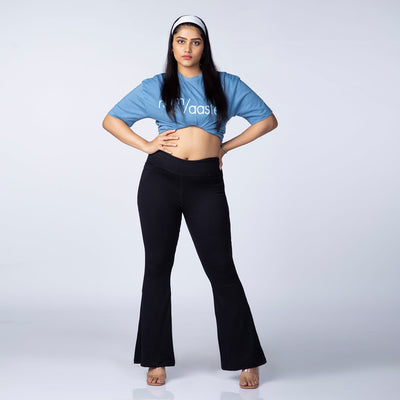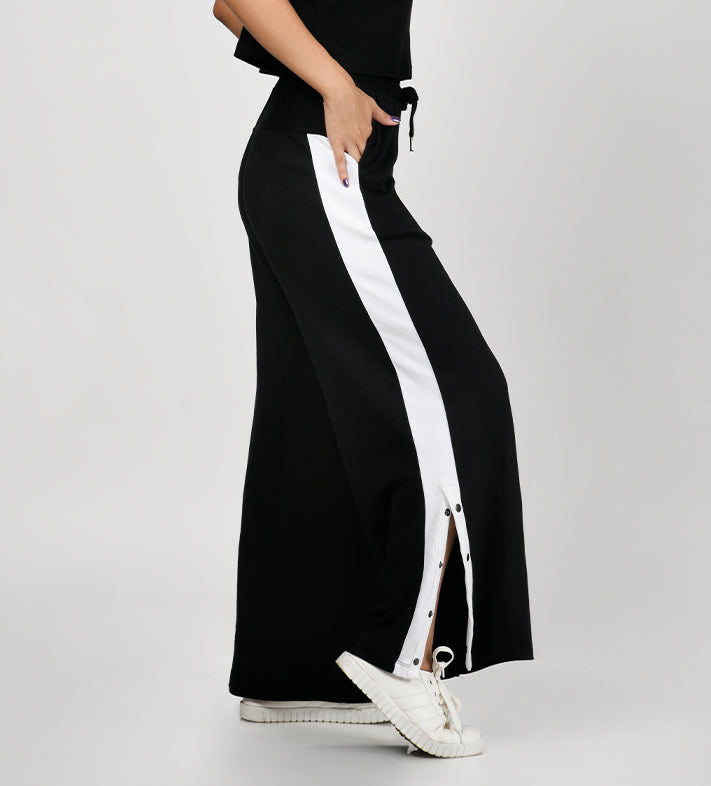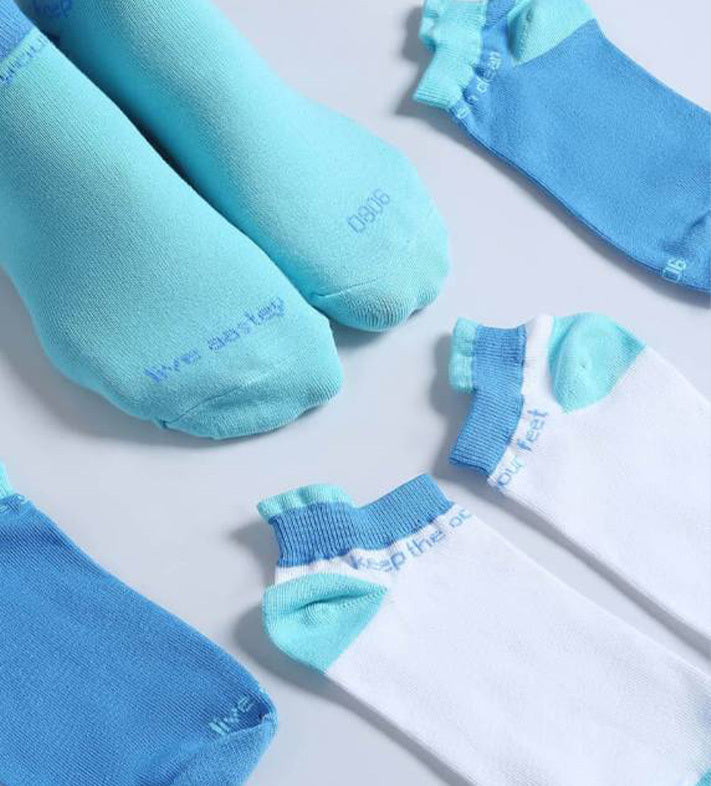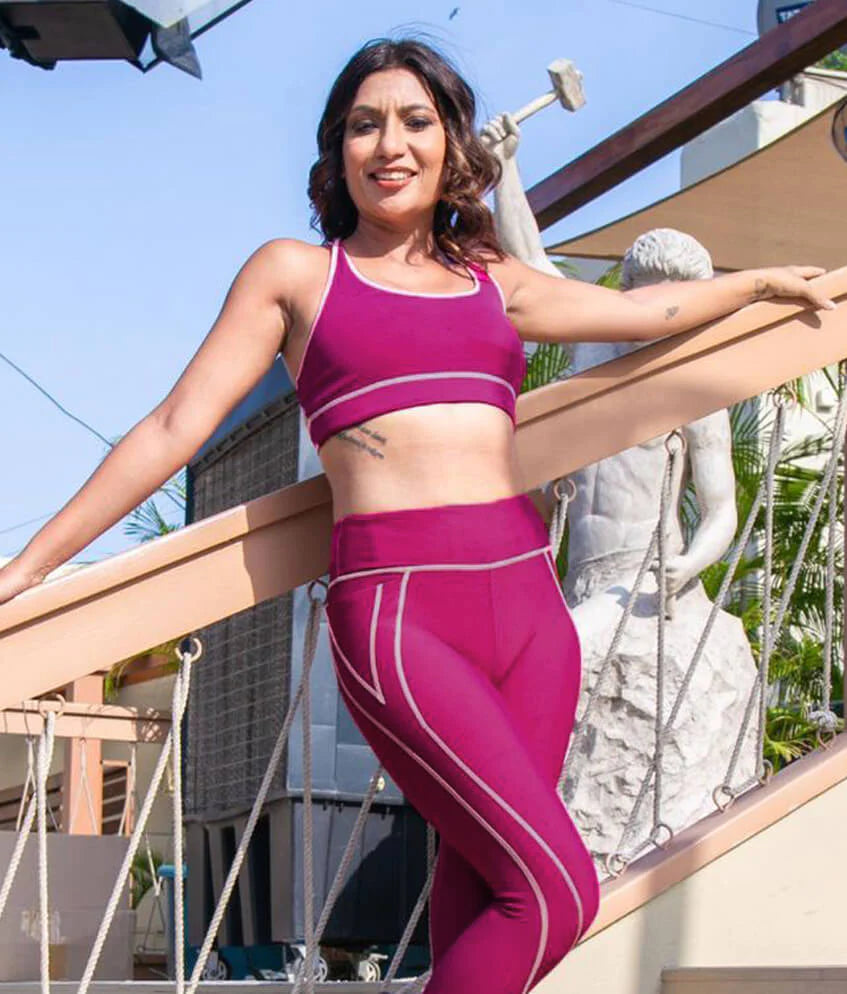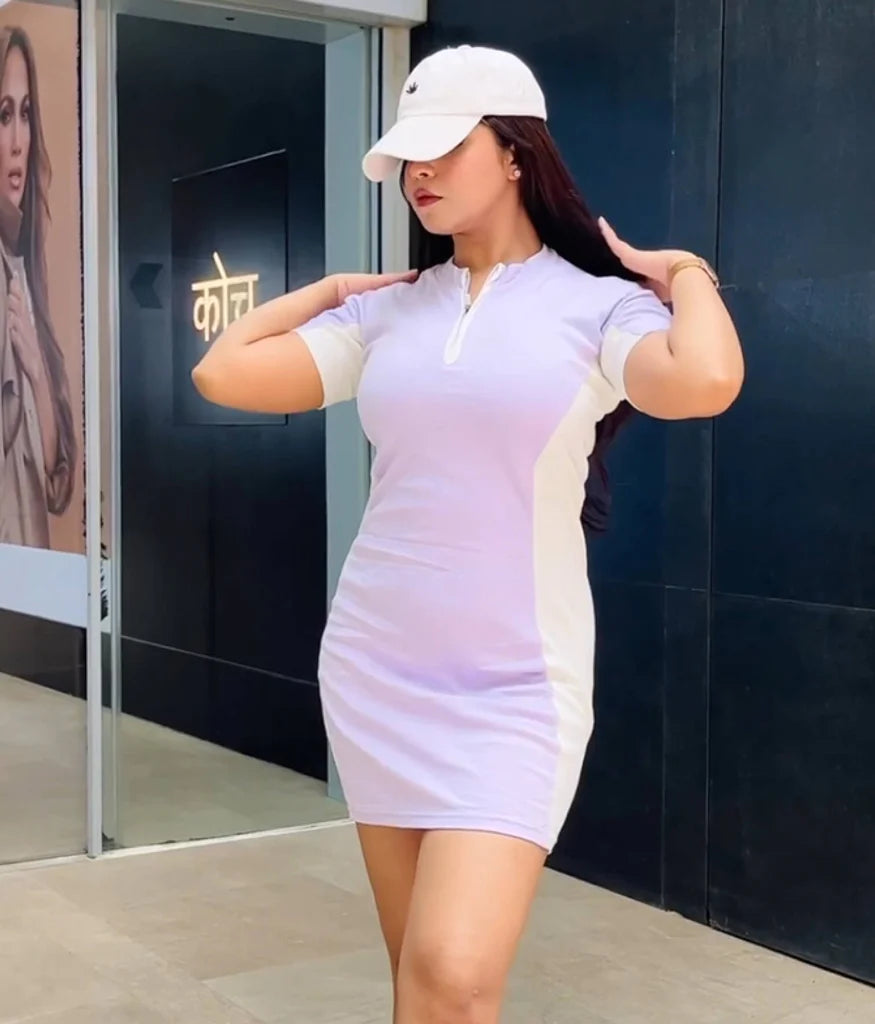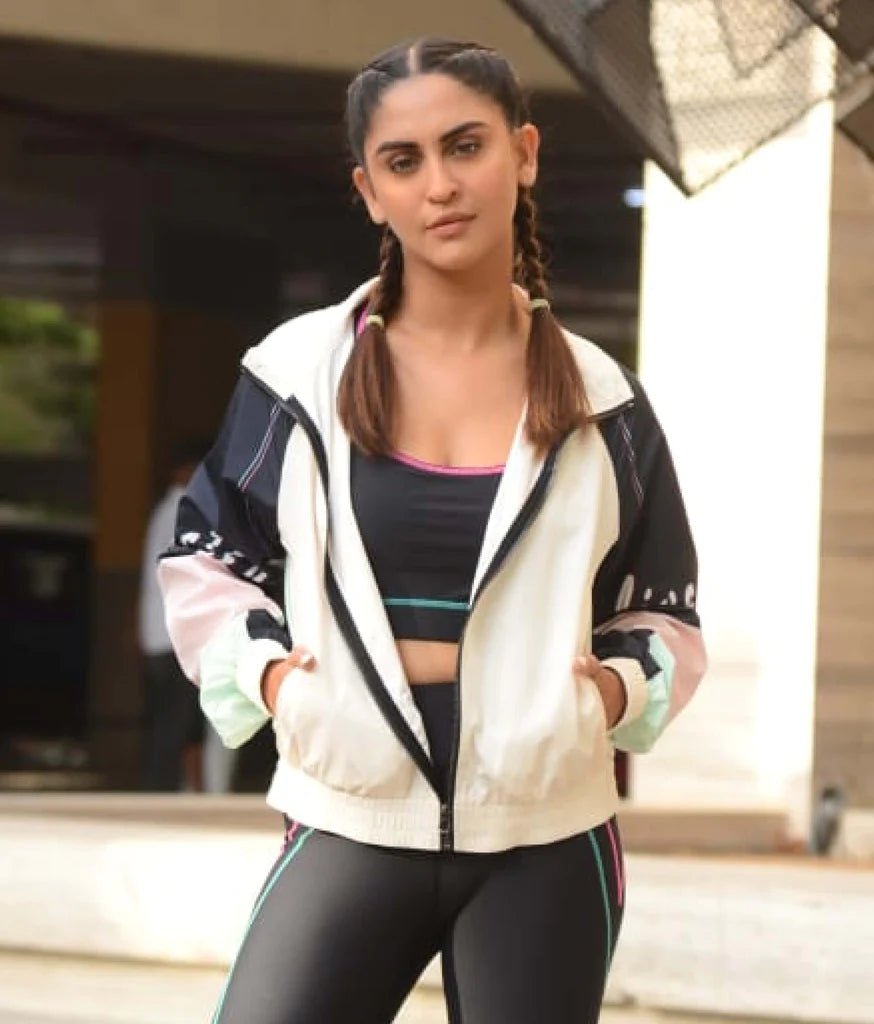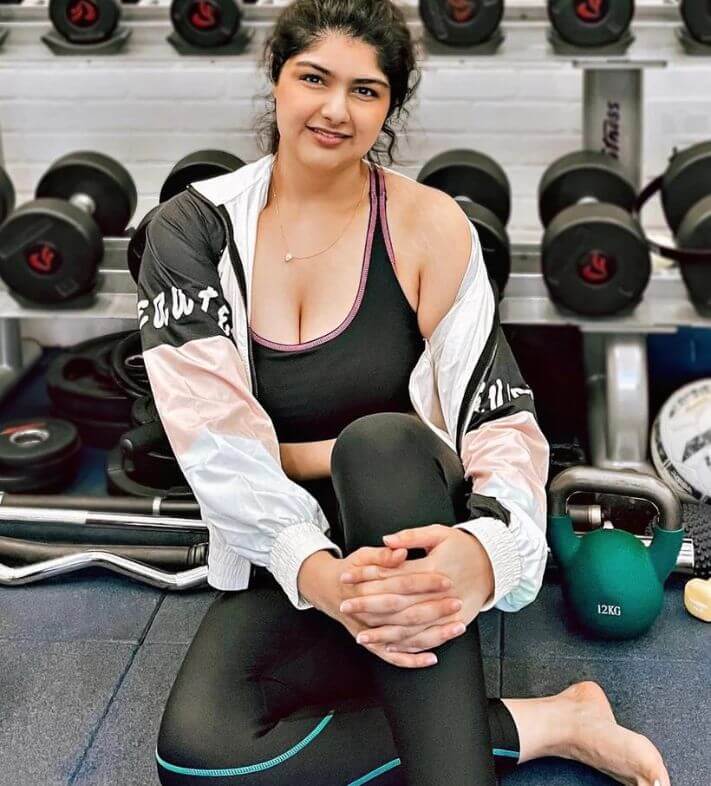
sustainability champion
best sustainable initiative zero carbon emissions

1.5kgs
less carbon emissions than regular leggings

100%
eco friendly fabrics that are good for the planet

200k+
women who have already chosen to live aastey
our story
during the pandemic, two friends, jeevika & kanupriya, felt a lack of mindfulness & realised it is a common sentiment in all women. they discovered that women face body image issues because of either their biological cycles or the magazine culture that over centuries have made them feel that they should come in a fixed size & shape. they also noticed that fast fashion brands continued to negatively impact the environment
all this led to making a brand that is kind to
women’s bodies & our planet 🌍🌳
since no one seemed to truly care about making women’s lives better, they decided to build india’s first & now the largest size-inclusive sustainable athleisure brand, aastey, with the intention of recognising biases and negating stereotypes that have been placed on women. after a year long innovation to bring sustainability in athleisure and performance wear fabric blends, aastey now has a community of 200k+ women who have chosen to live aastey 💜
our story
during the pandemic, two friends, jeevika & kanupriya, felt a lack of mindfulness & realised it is a common sentiment in all women. they discovered that women face body image issues because of either their biological cycles or the magazine culture that over centuries have made them feel that they should come in a fixed size & shape. they also noticed that fast fashion brands continued to negatively impact the environment.
all this led to making a brand that is kind to women’s bodies & our planet 🌍🌳
since no one seemed to truly care about making women’s lives better, they decided to build india’s first & now the largest size-inclusive sustainable athleisure brand, aastey, with the intention of recognising biases and negating stereotypes that have been placed on women. after a year long innovation to bring sustainability in athleisure and performance wear fabric blends, aastey now has a community of 200k+ women who have chosen to live aastey 💜
as seen in
our categories
trending
join the aastey tribe

discover all that our community has to offer
explore the ‘live aastey’ experience near you
from all the mindful active wears to the best content for your mind, amaze yourself by meeting the tribe and get inspired every day — because we believe by being active we can bring people together.
you are looking for an incredible journey full of creativity, innovation, and new experiences.
looking forward to a better future
we want to build a tribe on values of sustainability, and reduced carbon footprint.
we want to change this stereotype and build a community of acceptance and comfort.
the fashion industry is often accused of greenwashing. but once you become a member of the aastey tribe, you become a part of all our ups and downs.
aastey playground















